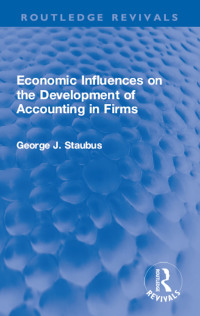Question
Morrison Company uses a job-order costing system to assign manufacturing costs to jobs. Its balance sheet on January 1 is as follows: Morrison Company Balance
Morrison Company uses a job-order costing system to assign manufacturing costs to jobs. Its balance sheet on January 1 is as follows:
| Morrison Company | |||||
| Balance Sheet | |||||
| January 1 | |||||
| Assets | |||||
| Cash | $ | 45,900 | |||
| Raw materials | $ | 16,900 | |||
| Work in process | 5,450 | ||||
| Finished goods | 18,600 | 40,950 | |||
| Prepaid expenses | 3,500 | ||||
| Property, plant, and equipment (net) | 145,000 | ||||
| Total assets | $ | 235,350 | |||
| Liabilities and Stockholders Equity | |||||
| Accounts payable | $ | 7,800 | |||
| Retained earnings | 227,550 | ||||
| Total liabilities and stockholders equity | $ | 235,350 | |||
During January the company completed the following transactions:
- Purchased raw materials on account, $78,200.
- Raw materials used in production, $91,600 ($77,000 was direct materials and $14,600 was indirect materials).
- Paid $176,750 of salaries and wages in cash ($95,600 was direct labor, $37,500 was indirect labor, and $43,650 was related to employees responsible for selling and administration).
- Various manufacturing overhead costs incurred (on account) to support production, $39,900.
- Depreciation recorded on property, plant, and equipment, $72,000 (70% related to manufacturing equipment and 30% related to assets that support selling and administration).
- Various selling expenses paid in cash, $33,650.
- Prepaid insurance expired during the month, $2,200 (80% related to production, and 20% related to selling and administration).
- Manufacturing overhead applied to production, $134,000.
- Cost of goods manufactured, $295,200.
- Cash sales to customers, $402,280.
- Cost of goods sold (unadjusted), $290,200.
- Cash payments to creditors, $71,200.
- Underapplied or overapplied overhead $? .
Calculate the ending balances that would be reported on the company's balance sheet on January 31st. (Hint: Be sure to calculate the underapplied or overapplied overhead and then account for its affect on the balance sheet.) (Amounts to be deducted should be indicated by a minus sign.)
| |||||||||||||||||||||||||||||||||||||||||||||||||||||||||||||||||||||||||||||||||||||||||||||||||||||||||||||||||||||||||||||||||||||||||||||||||||||||||||||||||||||||||||||||||||||||||||||||||||||||||||||||||||||||||||||||||||||
- Required 1
Required:
1. Calculate the ending balances that would be reported on the company's balance sheet on January 31st. (Hint: Be sure to calculate the underapplied or overapplied overhead and then account for its affect on the balance sheet.)
2. What is Morrison Companys net operating income for the month of January?
Step by Step Solution
There are 3 Steps involved in it
Step: 1

Get Instant Access to Expert-Tailored Solutions
See step-by-step solutions with expert insights and AI powered tools for academic success
Step: 2

Step: 3

Ace Your Homework with AI
Get the answers you need in no time with our AI-driven, step-by-step assistance
Get Started


